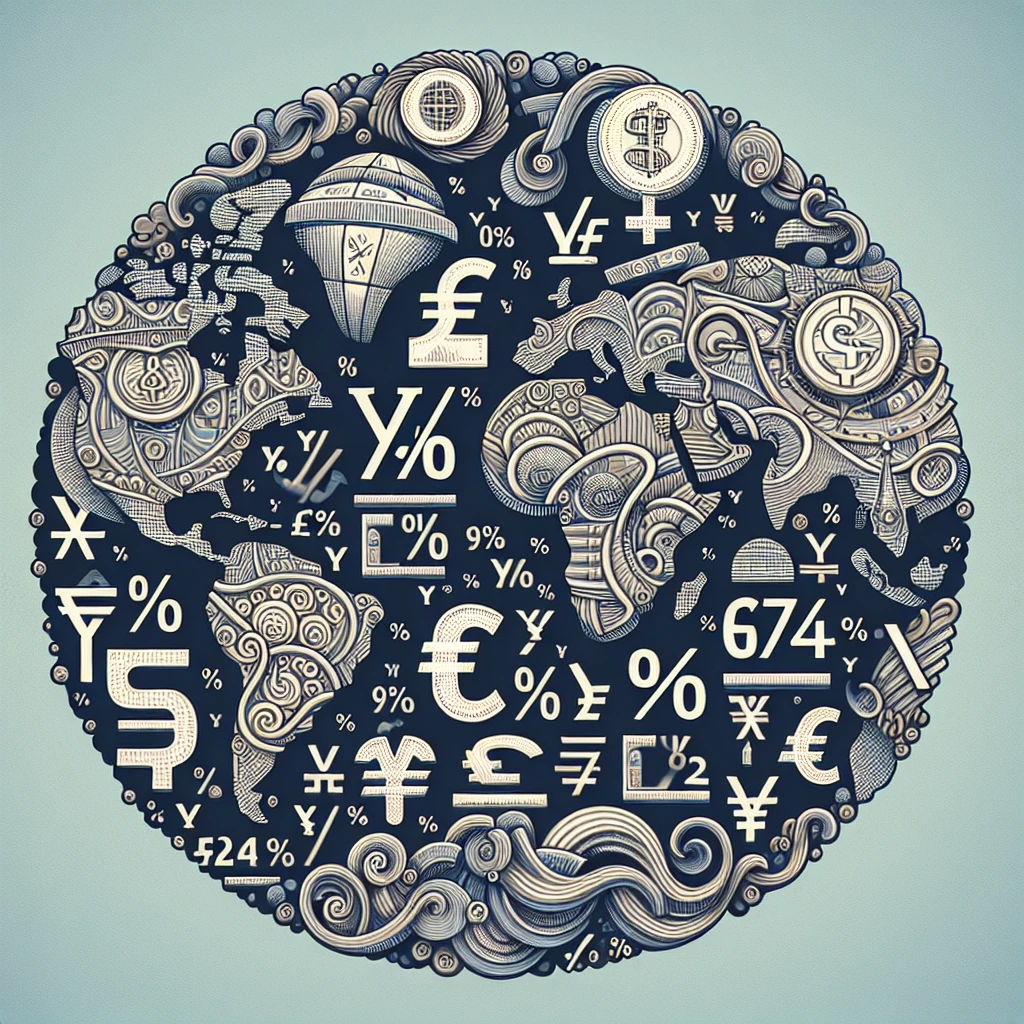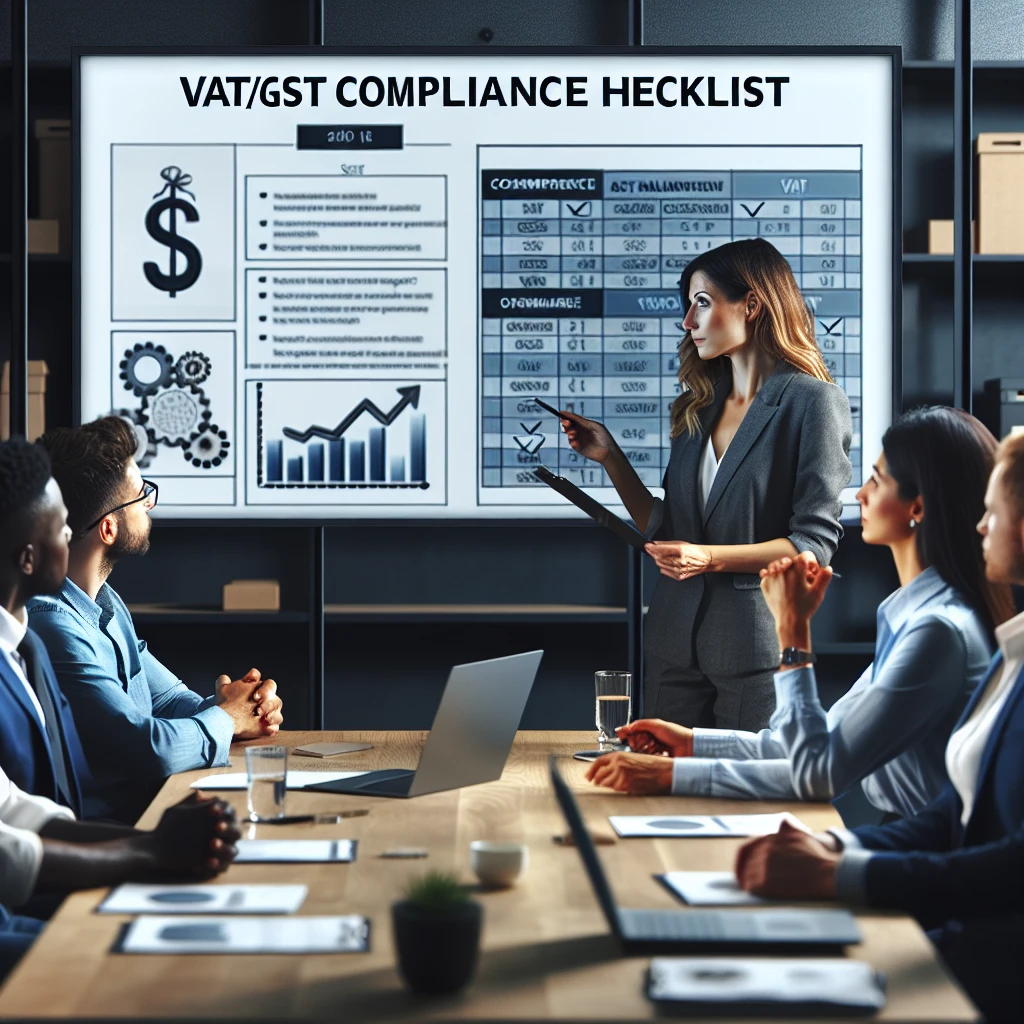Eligibility for VAT/GST Refunds
Unlocking the potential of VAT/GST refunds is akin to finding hidden treasure in the complex world of ecommerce accounting. To be eligible for these refunds, your ecommerce business must first meet certain criteria. Crucially, you must be registered for VAT/GST, a process that varies by country but generally involves reaching a specific sales threshold. Once registered, meticulous record-keeping becomes your best ally. Every invoice, receipt, and credit note is a piece of the puzzle that can lead to substantial savings. Understanding the nuances of VAT/GST is paramount, as is knowing the difference between standard-rated, zero-rated, and exempt supplies.
- Ensure your business is VAT/GST registered in the relevant jurisdiction.
- Maintain comprehensive records of all taxable transactions.
- Understand the types of supplies and their respective tax treatments.
- File accurate and timely returns to avoid penalties and delays.
Claiming these refunds is not just about compliance; it's about strategic financial management. By integrating tools and technologies, such as those discussed in 'Leveraging Technology for VAT/GST Management in Ecommerce', businesses can streamline the process, reduce errors, and ensure they're not leaving money on the table. Remember, in the world of ecommerce, every penny saved enhances your competitive edge, making the mastery of VAT/GST refunds a critical aspect of financial strategy.

Calculating VAT/GST Credits
Now, let's dive into the calculation of VAT/GST credits, a pivotal step in bolstering your ecommerce financials. The formula might seem straightforward - Input Tax Credit (ITC) = VAT/GST paid on business purchases - but the devil is in the details. To accurately calculate your ITC, you need to dissect your expenses and categorize them meticulously. Here's a step-by-step breakdown:
- Identify all purchases that are directly tied to your sales. This includes inventory, but also extends to software subscriptions, office supplies, and even services utilized for business operations.
- For each purchase, ensure you have a valid tax invoice. This is your golden ticket for claiming credits, as it proves the tax was indeed paid.
- Calculate the VAT/GST paid on these purchases. This can get tricky with partial exemptions or if goods are used for both taxable and exempt supplies. In such cases, you'll need to apportion the tax paid accordingly.
- Subtract the VAT/GST amount eligible for credit from the VAT/GST you've collected from customers. The resulting figure is your ITC, which reduces the net tax payable to the government.
Understanding this process is crucial, as it directly impacts your cash flow and profitability. By reclaiming every cent of ITC you're entitled to, you effectively lower your cost of goods sold, enhancing your bottom line. Moreover, savvy management of ITC can lead to a more competitive pricing strategy, as detailed in 'The Impact of VAT/GST on Ecommerce Pricing Strategies'.
However, the journey doesn't end with calculation. Ensuring compliance with 'VAT/GST Compliance for Ecommerce: Best Practices and Pitfalls to Avoid' is paramount. Incorrect claims can lead to audits, penalties, and a tarnished reputation. Use technology to your advantage, automate where possible, and consider consulting with a tax professional to navigate the complexities of VAT/GST credits.
Remember, in the realm of ecommerce, financial acumen is as important as marketing prowess. Mastering the art of VAT/GST credit calculation is not just about tax savings; it's a strategic move that can significantly impact your market position and long-term success.
Strategies for Maximizing VAT/GST Returns
With the basics of VAT/GST credit calculation under your belt, it's time to sharpen your strategy to ensure you're not leaving money on the table. As an ecommerce entrepreneur, maximizing your VAT/GST returns is not just about meticulous record-keeping; it's about leveraging every rule in the book to your advantage. Let's explore some strategies that can help you boost your VAT/GST refunds and credits.
- Stay Updated on Legislation: Tax laws are as dynamic as the ecommerce landscape itself. Keeping abreast of the latest changes in VAT/GST regulations can unveil new opportunities for refunds and credits. For instance, certain marketing expenses may become eligible for credits or specific product categories might receive a tax relief. Regularly consult with a tax professional or use specialized tax software to stay informed.
- Record Every Expense: It's not just about the big-ticket items; even the smallest expenses can add up to significant VAT/GST credits over time. Ensure every business expense is recorded and backed by a valid tax invoice. This includes overhead costs like utilities, web hosting fees, and even minor software subscriptions.
- Optimize Your Filing Frequency: Depending on your business size and cash flow needs, adjusting your VAT/GST filing frequency could be beneficial. Some businesses might benefit from monthly filings for quicker refunds, while others may find quarterly filings more manageable. Assess your financials to determine the optimal filing rhythm for your operation.
- Recover VAT/GST on International Expenses: If you're paying VAT/GST on international services or purchases, you might be eligible for a refund. This is especially relevant for ecommerce businesses that operate across borders. Investigate the possibility of reclaiming VAT/GST paid in foreign jurisdictions to reduce your overall tax burden.
- Automate and Integrate: Manual processes are prone to errors and inefficiencies. By automating your accounting and integrating VAT/GST management tools, you can ensure accuracy and save time. This also helps in preparing audit-proof records in case of scrutiny from tax authorities.
Implementing these strategies requires a proactive approach and a keen eye for detail. It's not just about following the rules, but also about understanding how they can be applied to benefit your business. For a deeper dive into managing VAT/GST in the digital age, consider reading 'Leveraging Technology for VAT/GST Management in Ecommerce'. Remember, in ecommerce, every penny saved in tax is a penny that can be reinvested in your business, driving growth and success.







